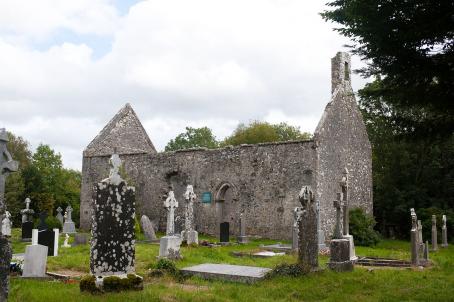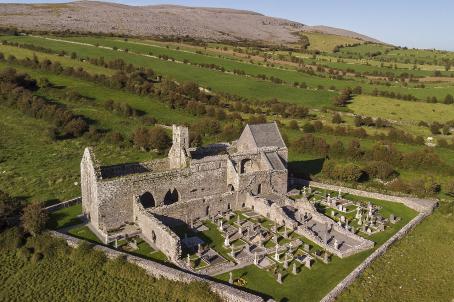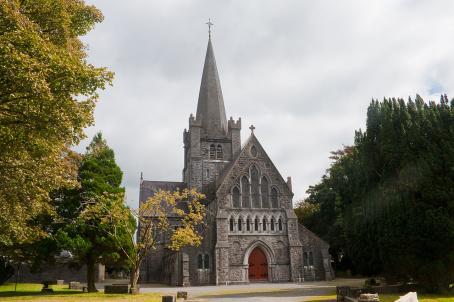Galway Cathedral
Considered to be one of the "last great stone cathedrals of Europe", the Galway cathedral was constructed in 1965 on the site of the old city prison. It is today one of the largest and most iconic buildings in the city.
Considered to be one of the "last great stone cathedrals of Europe", the Galway cathedral was constructed in 1965 on the site of the old city prison. It is today one of the largest and most iconic buildings in the city.

St Brendan's Cathedral, Annaghdown, was an Episcopal church founded in the 12th century which struggled for centuries to be recognised in a dispute with the Archdiocese of Tuam. After the Reformation in the 16th century, the church was used as an Anglican parish church and underwent its last structural alteration in 1798, particularly on the south side.

Corcomroe Abbey is an old Cistercian abbey from the 13th century. The English Reformation led to the dissolution of Catholic monasteries in England and Ireland. In 1554, the abbey was given to the Earls of Thomond. The monks continued to cultivate the fields and maintain the abbey when circumstances permitted, but the political climate led to a steady decline. The last abbot, the Reverend John O'Dea, was appointed in 1628.

St Mary's Cathedral is the Anglican cathedral of Tuam. Much of the present building dates from the 1870s, but elements of the 11th and 14th-century cathedrals remain. In 1839 the Church of Ireland established the Diocese of Tuam, Killala and Achonry. With the arrival of the railway in Tuam in 1861, and the expansion of the garrison, the Anglican population of the town grew and led to the construction of a third cathedral, designed by the architect Thomas Newenham Deane and built between 1864 and 1878.